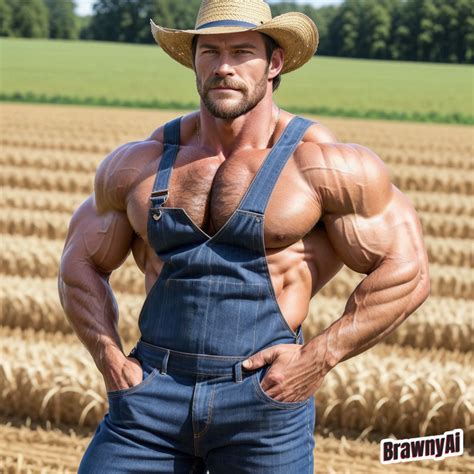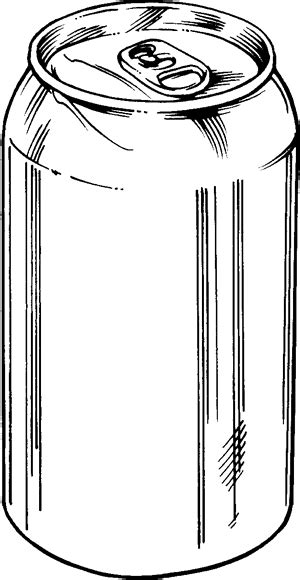Why Shirt Fit is Your Secret Confidence Weapon
In the world of men’s fashion, trends come and go, but the power of a perfectly fitted shirt remains timeless. It’s more than just looking good; it’s about feeling good, projecting competence, and walking into any room with an undeniable boost in confidence. A well-fitting shirt subtly enhances your physique, streamlines your silhouette, and communicates attention to detail, transforming your overall presence.
Conversely, a poorly fitted shirt—whether too baggy or too tight—can detract from your appearance, make you seem disheveled, and even undermine your self-assurance. Understanding the nuances of shirt fit is the foundational step to elevating your personal style.

The Core Elements of a Perfect Shirt Fit
Achieving the ideal fit requires attention to several key areas. Here’s a breakdown of what to look for:
1. Shoulders: The Foundation
- The Seam Test: The shoulder seam should sit precisely at the point where your shoulder ends and your arm begins. If it extends past this point, the shirt is too big; if it rides up onto your shoulder, it’s too small.
- Why it matters: A correct shoulder fit is the bedrock of a good shirt. Everything else falls into place from here, creating a clean, defined upper body line.
2. Chest and Torso: Streamlined Comfort
- No Pulling, No Excess: The fabric across your chest should lay flat without pulling or stretching when you button it up. Similarly, there shouldn’t be excessive fabric bunching around your waist or creating a “muffin top” effect.
- Tapered vs. Boxy: Modern fits often feature a slight taper through the torso to complement a man’s natural V-shape. Avoid boxy shirts that obscure your shape.

3. Sleeves: Length and Width
- Cuff Placement: When your arm is straight, the cuff should meet the top of your wrist bone, allowing for a watch to be worn comfortably underneath. With your arm bent, it should not ride up significantly.
- Armhole Height: Higher armholes allow for greater mobility and create a cleaner look. Low armholes are a sign of a baggy, ill-fitting shirt.
- Bicep Comfort: The sleeve should fit comfortably around your bicep and forearm, not so tight that it restricts movement or pulls, nor so loose that it billows.

4. Collar: The Frame for Your Face
- Two-Finger Rule: You should be able to comfortably slip two fingers between your collar and your neck when the top button is fastened. If you can fit more, it’s too loose; if you struggle to fit two, it’s too tight.
- Why it matters: A well-fitted collar ensures comfort, looks polished, and sits correctly under a jacket.
5. Shirt Length: Tucked or Untucked?
- For Tucking: The shirt tail should be long enough to stay tucked in securely throughout the day without coming undone with normal movement. It typically falls to mid-buttock level.
- For Untucking: If designed to be worn untucked, the hem should fall no lower than the bottom of your fly and no higher than your belt line, usually covering about half of your crotch.

Beyond the Basics: Tailoring and Confidence
Even off-the-rack shirts can be elevated with minor tailoring. A simple nip and tuck at the waist or a sleeve adjustment can transform a good fit into a perfect one. Investing in a tailor is investing in your appearance and, by extension, your confidence.
Remember, different brands have different sizing. Don’t be afraid to try on various sizes and styles. Pay attention to how the fabric feels and drapes. A well-chosen fabric can also contribute to the overall comfort and confidence a shirt provides.

Conclusion: Dress Better, Feel Better
The quest for the perfect shirt fit is an essential journey for any man looking to refine his style and boost his self-assurance. By understanding and applying these key fit principles—shoulders, chest, sleeves, collar, and length—you’re not just buying a piece of clothing; you’re investing in a more confident, polished, and powerful version of yourself. Step out knowing you look your best, and watch your confidence soar.




